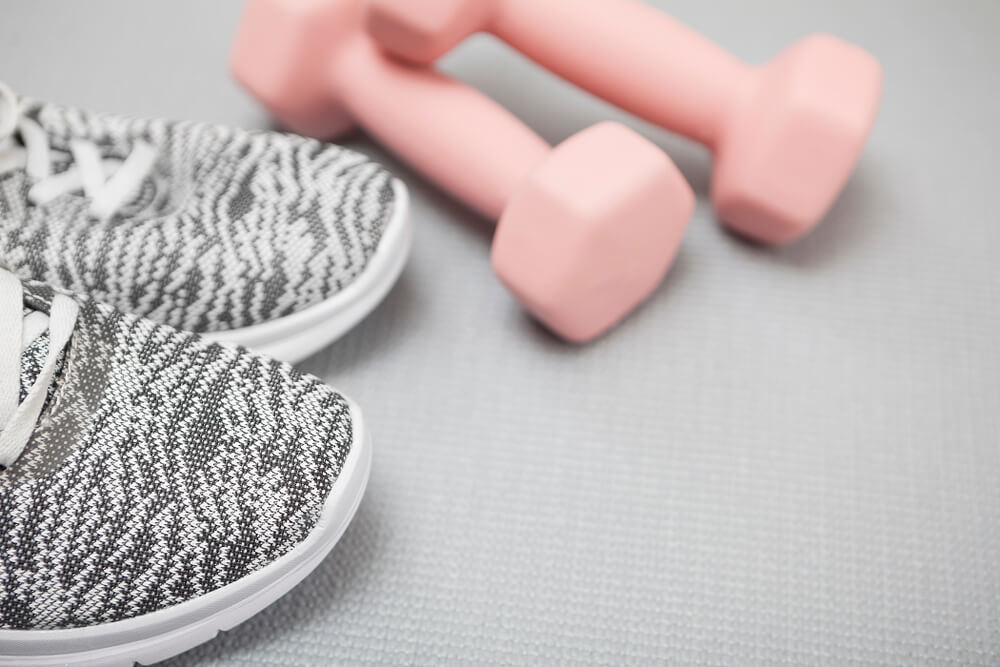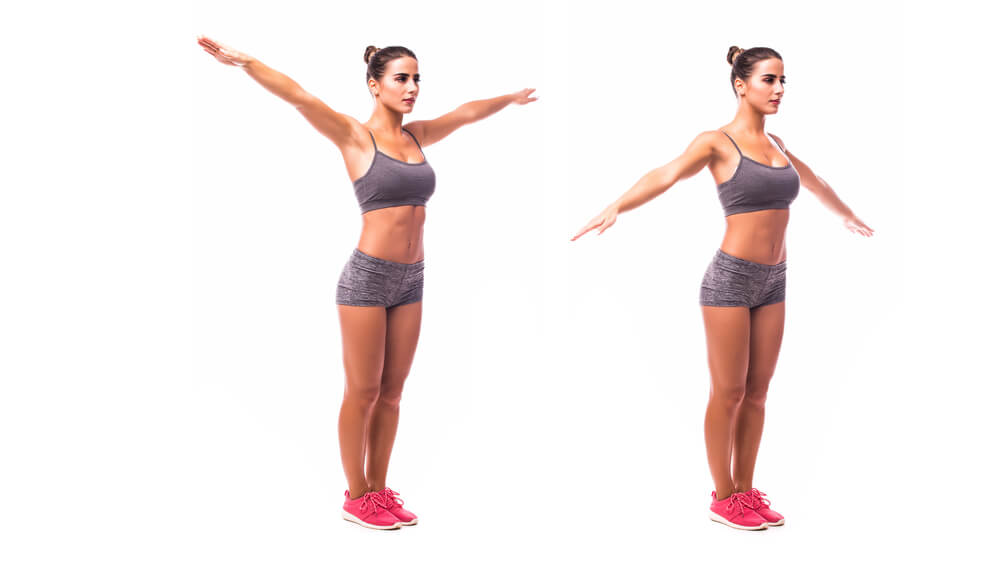A mastectomy is an extensive surgery that people will need time to recover from. Even several years after the procedure, it’s important to do exercises that will help keep muscles soft, limber and functioning properly. Incorporating a few of the exercises below into your routine can help you heal and prevent injury.
Before You Get Started
Some people want to start their exercises as soon as possible to speed through the recovery process. You must allow time for your body to heal before you start exercising again and you should always talk to your physician before you begin a physical exercise plan.
You might also want to meet with a physical therapist to learn how to do specific exercises correctly. You should never start an exercise program after a mastectomy if you still have a surgical drain or if your stitches have not yet healed. If you start exercising too soon, you could tear your stitches and cause further damage to the tissue.
Getting Started
After you have had a mastectomy, the tissue is particularly prone to scarring. If the scar tissue isn’t regularly stretched, it could heal tightly and you won’t have a full range of motion in your arms. When you first start exercising, you should only make small, slow movements so that you can slowly stretch the tissue without tearing it.
When you start your post-mastectomy exercises, there are a few things that you should always do before you start. First of all, make sure that you slowly warm up the muscles. Warming up helps prevent the tearing of muscles. When you have had a mastectomy, you need to be especially careful that you don’t strain your muscles, which could further set back your recovery process. While it is important to maintain a routine, your TopLine MD affiliated physician or physical therapist can give you more specific answers as to how long and how often you should be exercising.
Arm and Shoulder Exercises
Arm and shoulder exercises will be the primary type of exercises to ease the pain after mastectomy.
Squeeze Your Shoulder Blades
When you squeeze your shoulder blades together, the squeezing motion will help you stretch the right tissues. To do this exercise, sit on a stool or a hard chair. The next steps are as follows:
- Clasp your hands behind your back so that the backs of your hands are near your buttocks.
- Make sure that you’re sitting up straight.
- Pull your shoulders back and down, making sure that you’re doing both sides evenly. You should be able to feel a slight pulling around the area between your breast area and armpit.
- Hold the pose for three to five seconds.
- Repeat four to five times.
Shoulder Rotations with a Towel
For this exercise, you’ll need a regular bath towel. One arm will stretch the other so that you can eventually reach the middle of your back with both hands. This exercise is a great way to loosen the shoulders. Start out the exercise like this:
- Hold one end of the towel in your right hand, and drape the other end over the same shoulder.
- With your left hand, reach behind your back to grab the other end of the towel.
- Once both hands are firmly on opposite ends of the towel, slowly move your hands back and forth to get a stretch. Pull the end of the towel in your left hand with your right hand to get a stretch in the left shoulder. Hold for 30 seconds.
- Switch to the other side and repeat.
Arm Circles
This exercise is good for maintaining a wide range of motion in your arms. If you are familiar with arm circles, you’re already a step ahead. If not, here are some more specifics on how to properly perform this exercise. You’ll want to do this on the side of the affected arm. However, if you had both breasts removed, you should do each arm separately.
- Put the affected arm out to your side, and start slowly making circles backward with it.
- Start making the circles bigger until you begin to feel a stretch.
- When you’re done, you should also do forward circles.
Non-Stretching Exercises for Helping You Heal After a Mastectomy
Stretching is an important part of ensuring that you maintain mobility, but there are other exercises that will help keep the affected tissue soft and flexible.
Massage Your Scar
When trying to keep the tissue around your incisions and stitches supple and flexible, you should massage the scars on a regular basis. However, you have to wait until the incisions have fully healed so that you don’t tear them. All of the wounds should be fully healed, meaning that there aren’t any scabs or open wounds. You should also be aware that it’s normal for the area to either be numb or extra-sensitive.
To massage your scar tissue, place two or three fingers on the scars and slowly rub the tissue in all directions. Then, move to another area. It’s OK to start out doing this lightly; the massage shouldn’t be extremely painful. Consult your physician if you feel any strange sensations or unfamiliar pain.
Hand Pumps
One side effect of the surgery that some people may not know about is that it’s normal for people to have swelling in the hand and arm on the side where the breast was removed. To help alleviate swelling, raise your hand over your head as much as you can. Then, begin pumping your hand. Swelling is caused by a buildup of fluid, and pumping your hand can help your muscles push the fluid out of the affected hand and arm.
Another thing that you should do in the first week after you have your surgery is to hold your hand above your heart several times a day by lying down and putting the affected arm on a pillow. This will help get rid of some of the fluid buildup.
As you continue your exercises, the tightness in your armpit, breast, and rib areas should begin to loosen. If it doesn’t, or if you begin to get weaker or have blurred vision, numbness, or tingling in your arm, you should contact your physician directly.
For more information on breast surgery and mastectomy recovery, contact a TopLine MD affiliated physician today.
The TopLine MD Alliance is an association of independent physicians and medical practice groups who are committed to providing a higher standard of healthcare services. The members of the TopLine MD Alliance have no legal or financial relationship with one another. The TopLine MD Alliance brand has no formal corporate, financial or legal ties to any of the affiliated physicians or practice groups.





